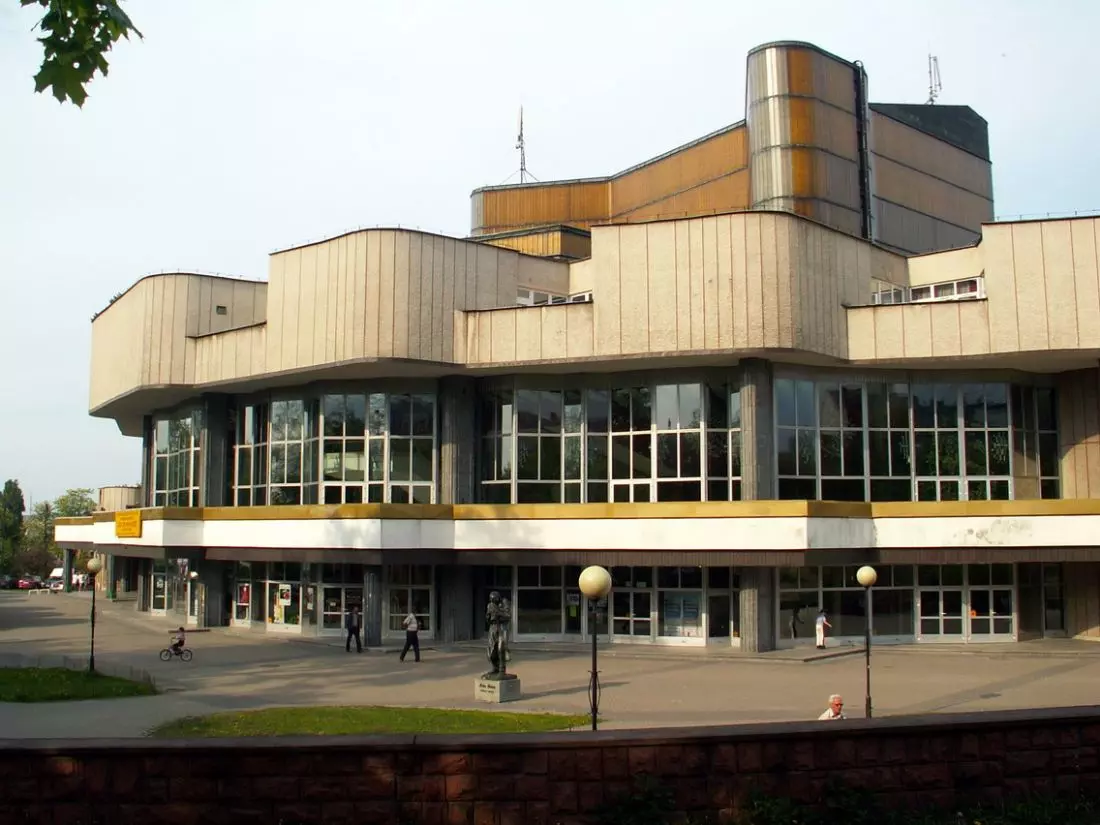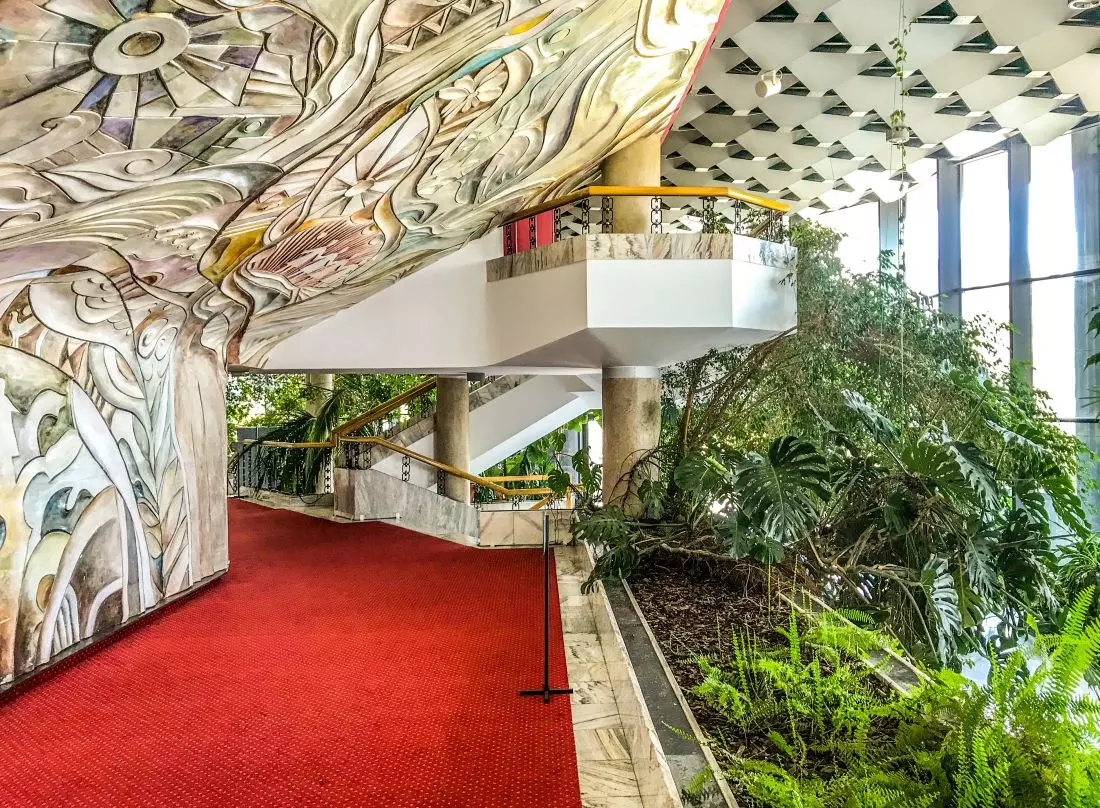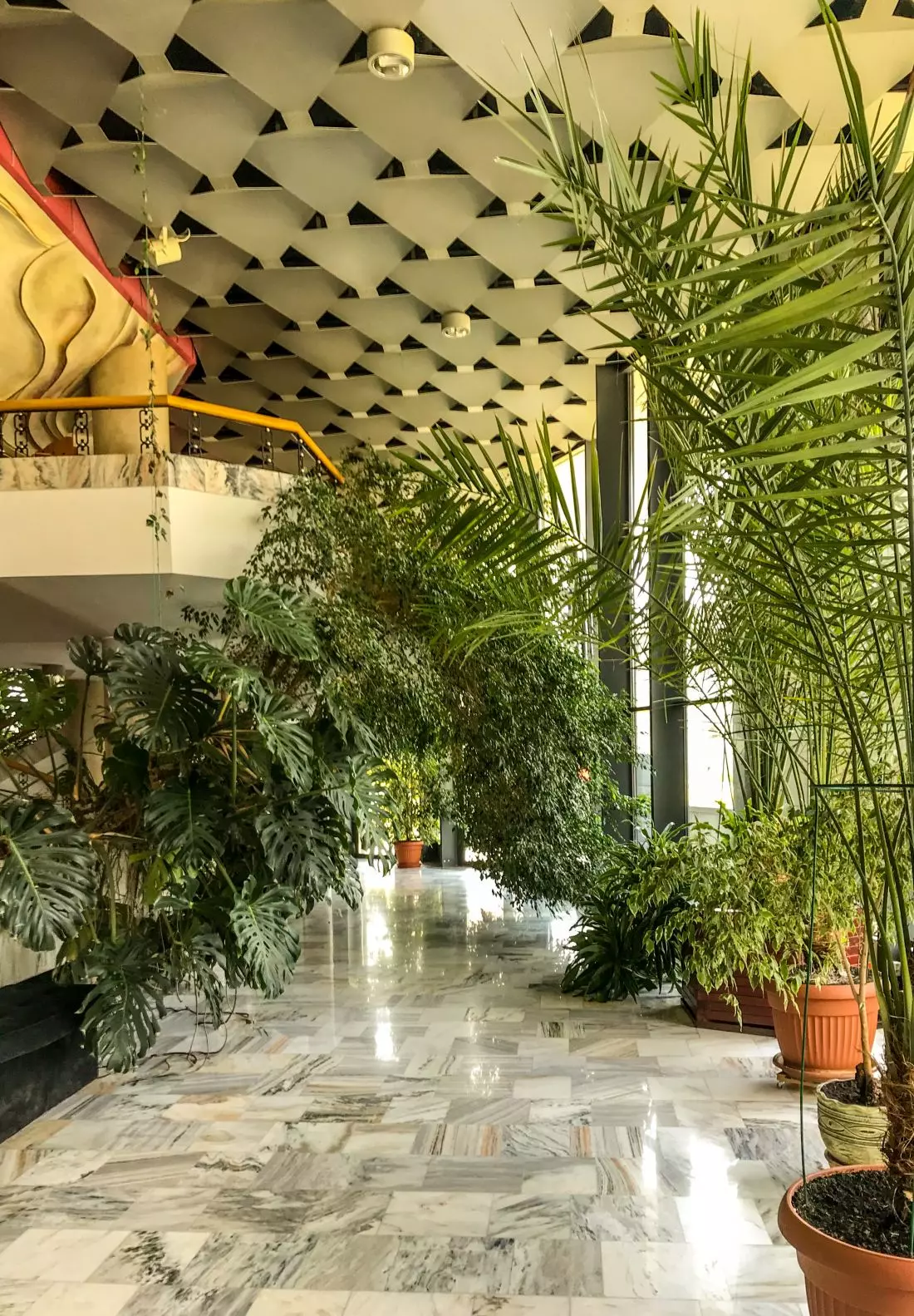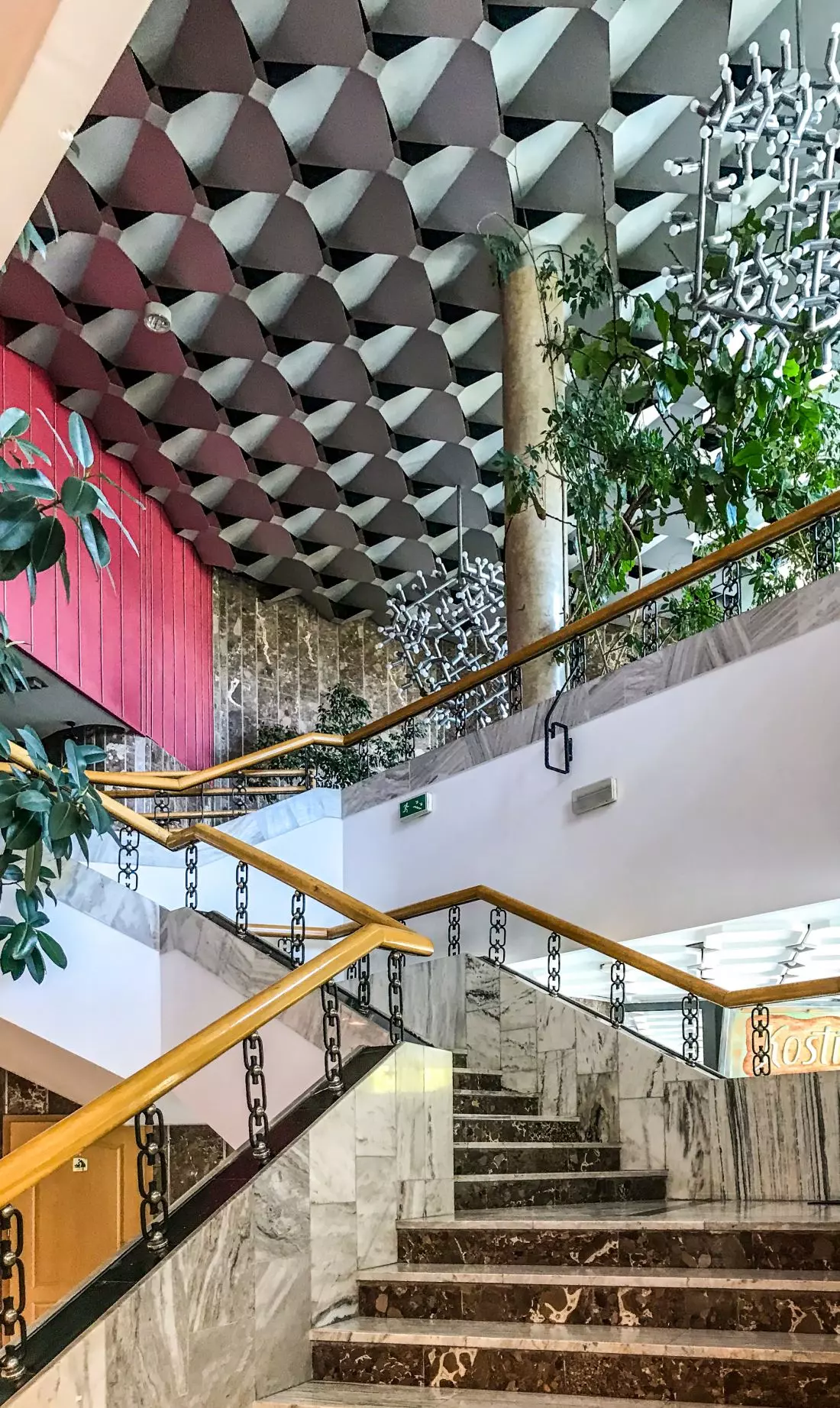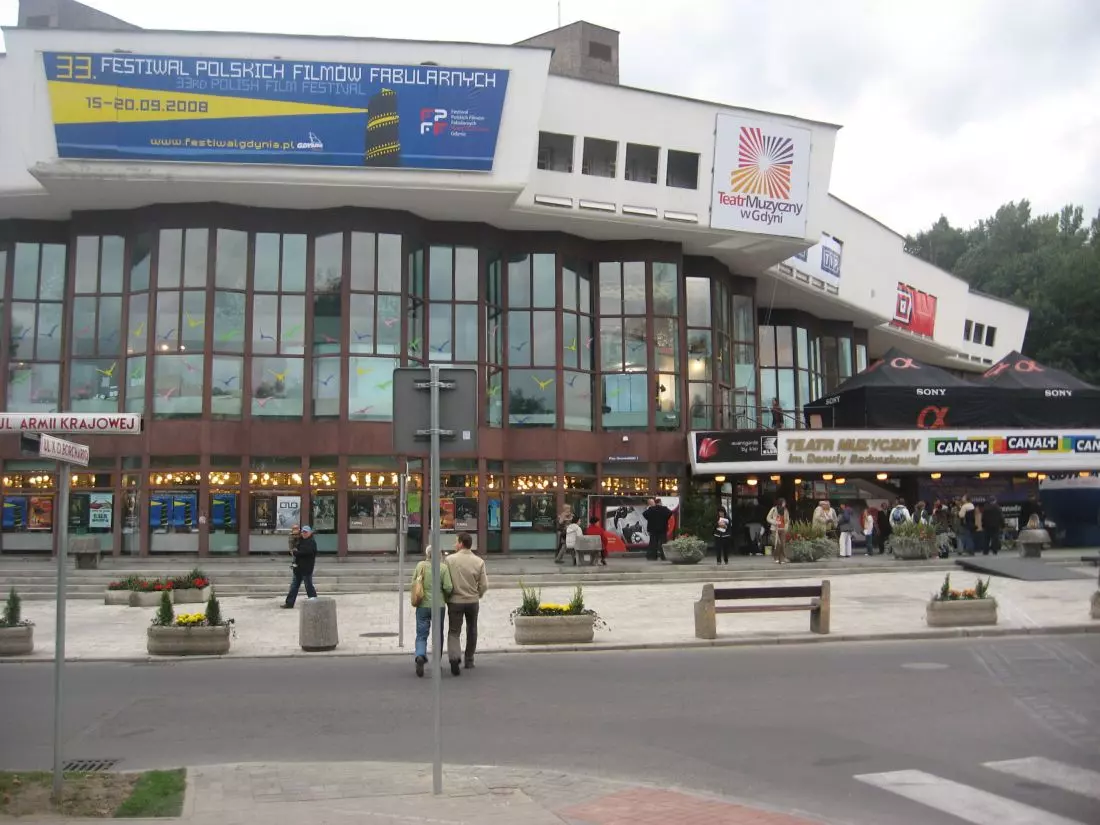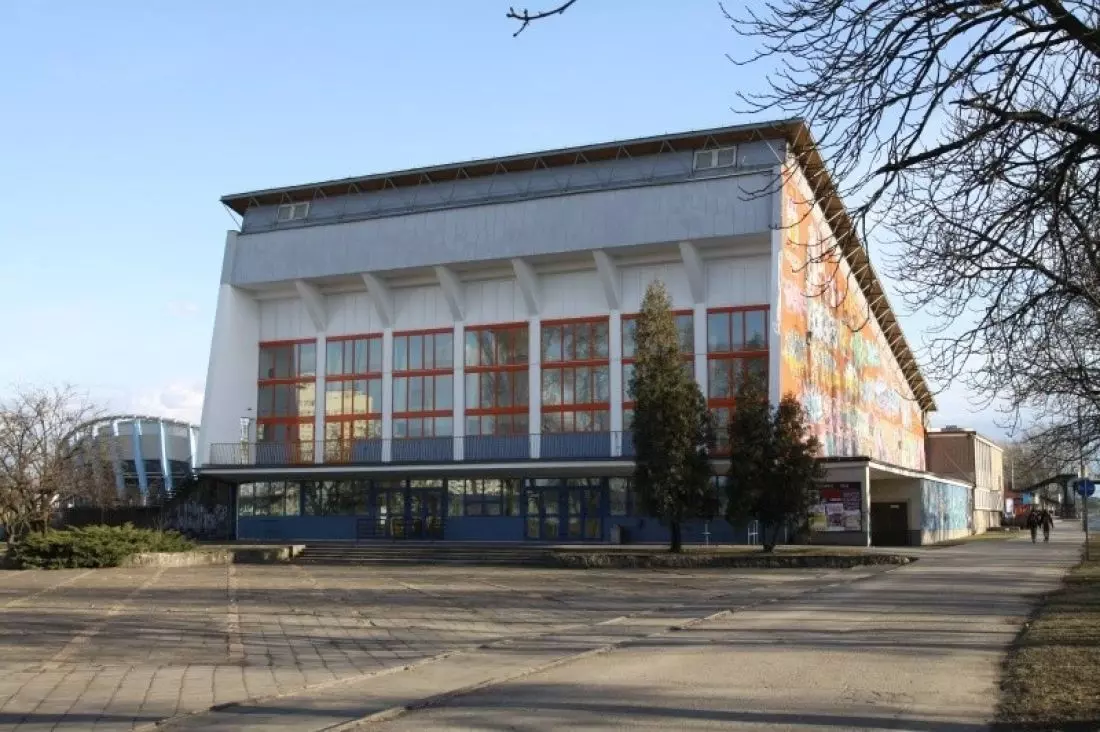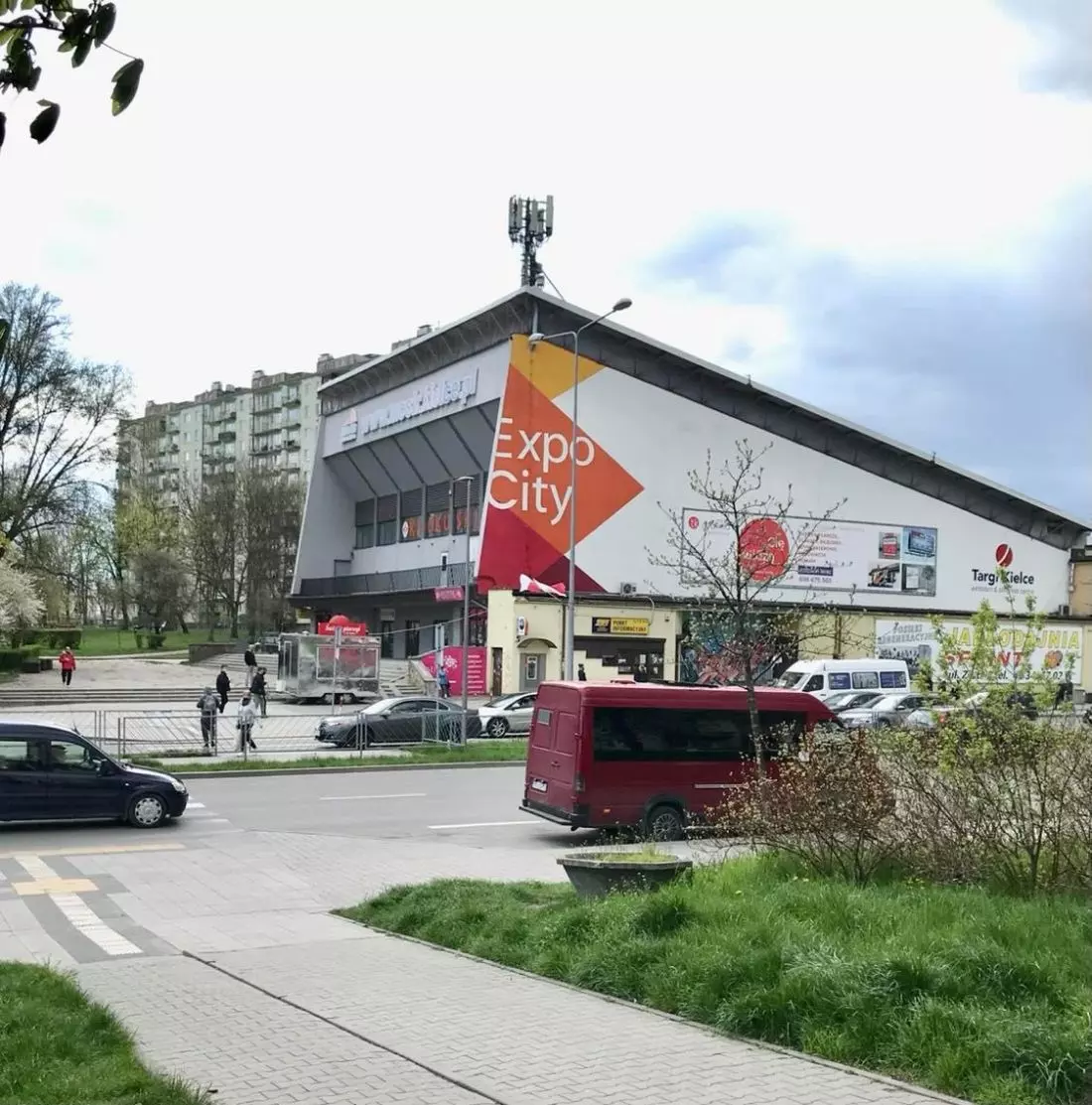Copying in architecture is a common practice. Architects inspire each other with details, solid solutions, use of materials or functional layout of buildings. Sometimes, when the inspiration goes too far, the project becomes plagiarism. Gdynia, Kielce and Wloclawek, however, are yet another case where buildings based on the same designs were erected in remote locations. Can a duplicated project become a local architectural icon? And who does better with its implementation and maintenance?
theater and cultural center
Kielce Cultural Center
photo by Pawel Cieśla / Wikimedia Commons, photo by Kacper Kepinski
The history of the building housing the Kielce Cultural Center, still one of the largest provincial cultural institutions, dates back to the early 1970s, when the first mentions of plans to build a multifunctional building for the St. Zeromski Theater began appearing in the local press. At the time, the erection of the new Musical Theater headquarters began in Gdynia. The construction site was visited jointly by two governors - Tadeusz Bejm from Gdansk and Antoni Połowniak from Kielce. It was this visit that was to decide the construction of a twin building in Kielce.
with amendments
Kielce Cultural Center
photo by Kacper Kepinski
The adapted design by Miastoprojekt Gdynia (Daniel Olędzki, Józef Chmiel), envisaged the construction of an edifice housing a chamber hall accessible from a common checkroom lobby and a large theater hall with boxes and balconies accessible from a two-story foyer. The theater's main stage allowed for its flexible use - the back lobby, side prosceniums, and covered orchestra pit, among others, could be used for staging. The building also provided space for choir and ballet rooms, an orchestra rehearsal room, reading rehearsals, and tutor and soloist rooms. The irregular body of the KCK opens onto a nearby square on the side of Sienkiewicza Street. The wavy walls of the building are varied by narrow windows, which allowed for free interior furnishings. From the outside, the most distinctive element enriching the building's form is the repeatedly broken glass curtain wall and the massive eaves overhanging it, shielding the outdoor terrace on the second floor.
bigger brother
Gdynia, Kielce
photo by Leinad / Wikimedia Commons, photo by Kacper Kępiński
Compared to the Gdynia prototype, the Kielce theater was enlarged by about 1,200sqm to meet the demands of the most important cultural facility in the entire region. Its prominence is marked in the landscape of Kielce. Built on a hill elevated by about 20 meters above the level of the downtown area, the 32-meter-high building is an important spatial dominant, at the end of the city's most important axis - Sienkiewicza Street. The center's interiors, designed by Andrzej Grabiwoda, with reliefs and details by Adam Wolski, are also extremely impressive. They mainly decorate the slanted ceilings of the spacious, green-filled lobby, decorated with spacious chrome chandeliers. The locker room furnishings, ceilings and railings are also original. Together they are very cohesive, one of the few such well-preserved testimonies not only to the architecture, but also to the design and art of the era.
corrections after years
Musical Theater in Gdynia
photo by Andrzej Otrębski / Wikimedia Commons, photo by Artur Andrzej / WikimediaCommonsAlternative description
The Danuta Baduszkowa Musical Theater in Gdynia bears almost no resemblance to either the original design or the version in Kielce. This happened as a result of a reconstruction started in 2009. Interestingly, one of its co-authors, Jozef Chmiel, was responsible for its design, which completely buried the value of the original modernist architecture. The original finishes, façade elements and details were replaced with contemporary cladding and technical solutions that "flattened" the rich tectonics of the building and stripped the building of many individual solutions, replacing them with contemporary standards.
osir and mosir
Halls in Wloclawek and Kielce
Photo: OSiR Włocławek, photo: Museum of Kielce History
Opened in 1967, the sports and entertainment hall on Zytnia Street is today a distinctive place on the map of Kielce, a popular interchange near busy intersections. At the time it was built, the urban layout of the area was just forming, and the hall itself was one of the first flagship investments in the area. The building is characterized by a distinctive body with a pulpit roof, elevated on a spatial truss. By raising the plane of the ceiling, it was possible to illuminate the interior evenly through a strip of glazing over the hall wall.
permeation of space
photo: Museum of the History of Kielce
The most distinctive feature, however, is the huge loggia at the front of the building. Through the glazed wall at its rear, massive beams, supporting a steep grandstand, pierce the outside. The balcony is connected to the street by an exterior staircase, leading to the plaza in front of the building. The first floor is open and glazed, and the entrance is sheltered by an overhanging balcony on the second floor. The artistic expression of the exterior facades has changed many times. At first it was a delicate rhythm of alternating vertical lines in the plaster, and in later years a striking neon sign depicting the silhouette of a basketball player hung on the corner. In the 1990s, the luminous decoration gave way to a mural on the side wall.
remodeling
Halls in Wloclawek and Kielce - current state
Photo: OSiR Włocławek, photo: Kacper Kępiński
The MOSiR hall is the second facility in the city, after the Kielce Cultural Center, to have its twin in another part of the country. This is because an identical facility was erected at the same time in Wloclawek. However, after its reconstruction in 2017-2018, it lost its resemblance to the Kielce hall. The Kielcefacility alsounderwent a major reconstruction, which resulted in the reduction of the glazing on the front and the development of the grandstand beams over the balcony. The exterior staircase has been demolished, and part of the first floor on the side of Zytnia Street has been overgrown with small retail.


































